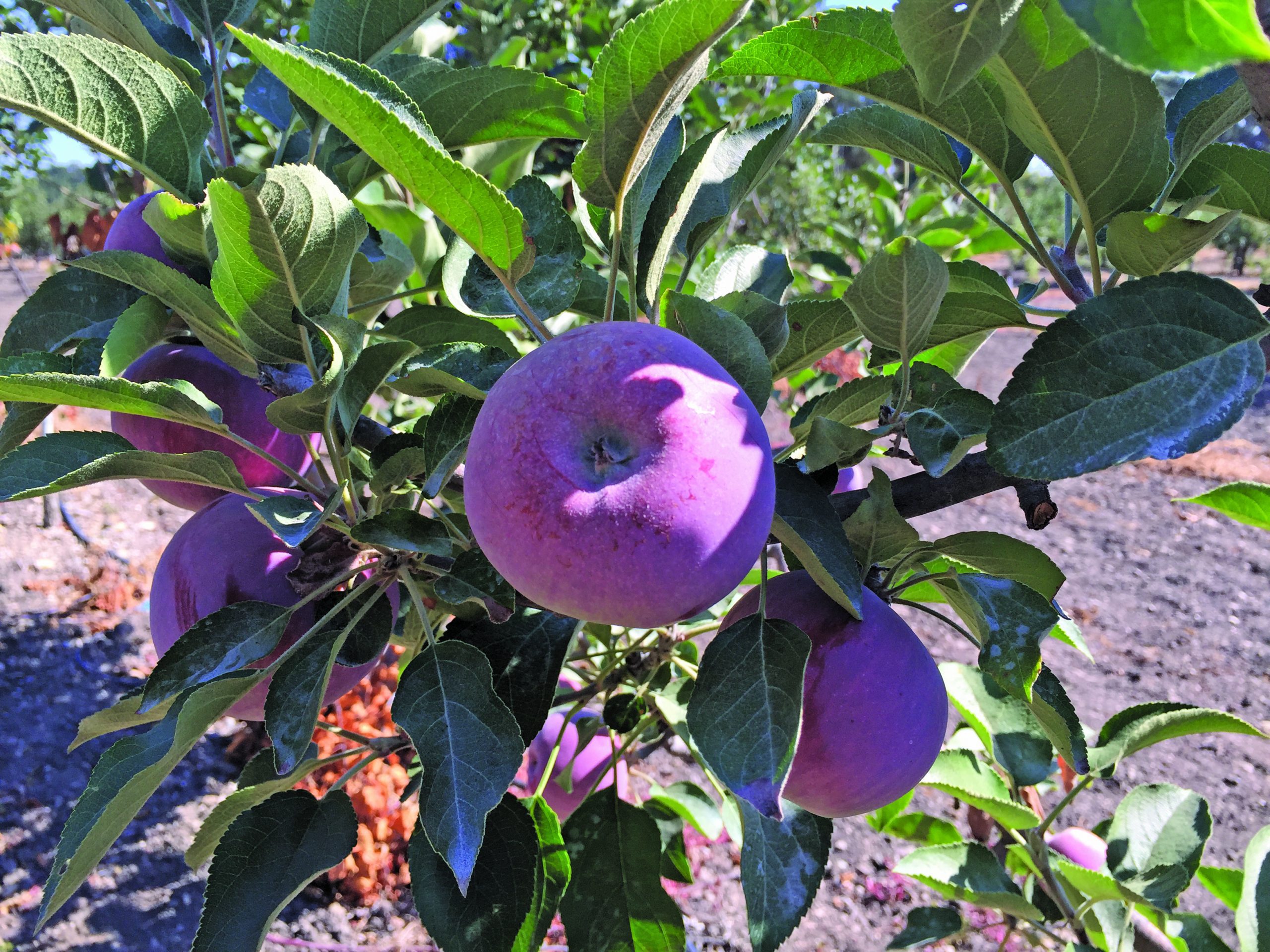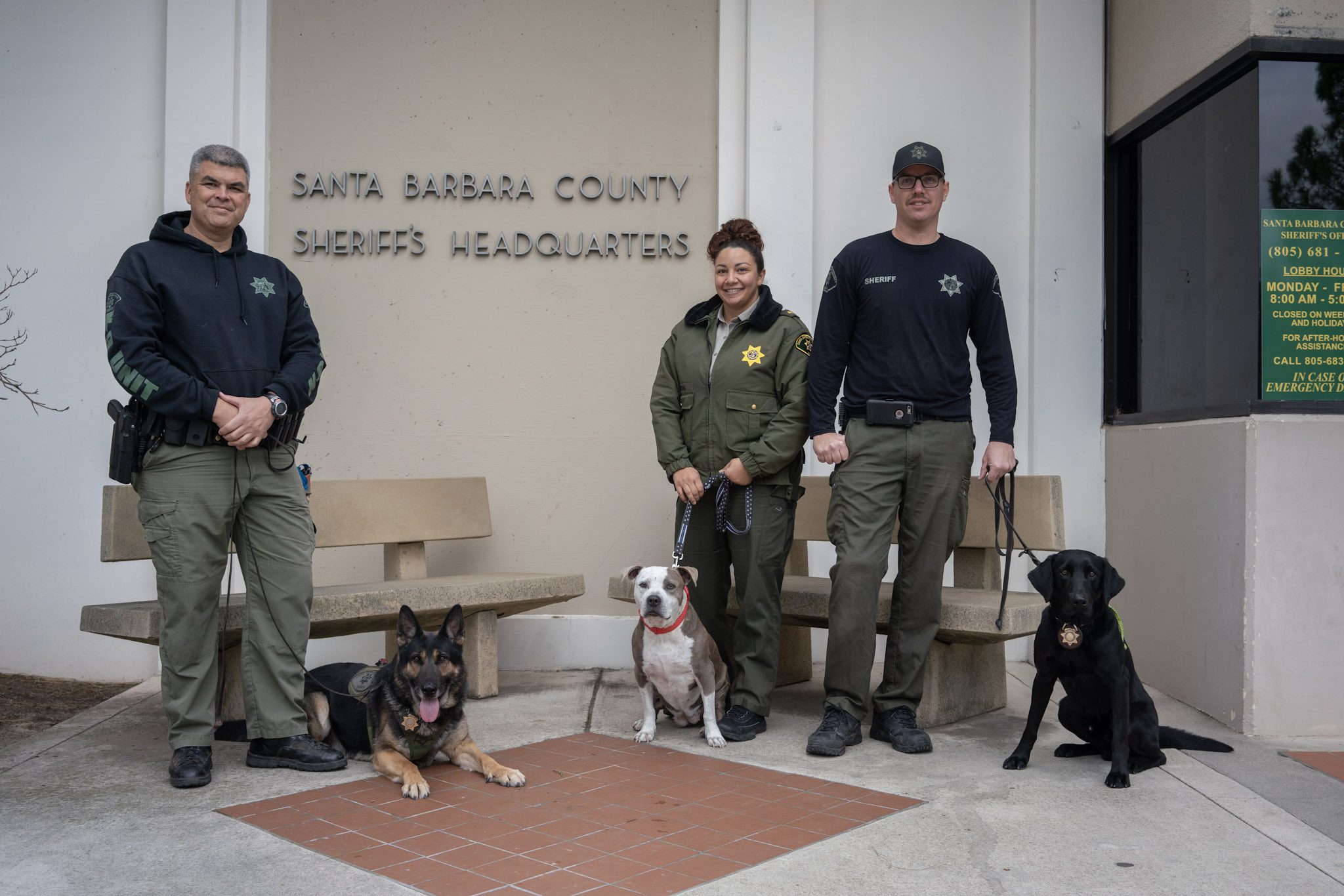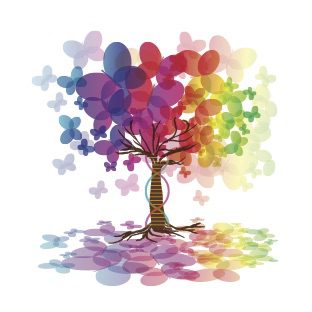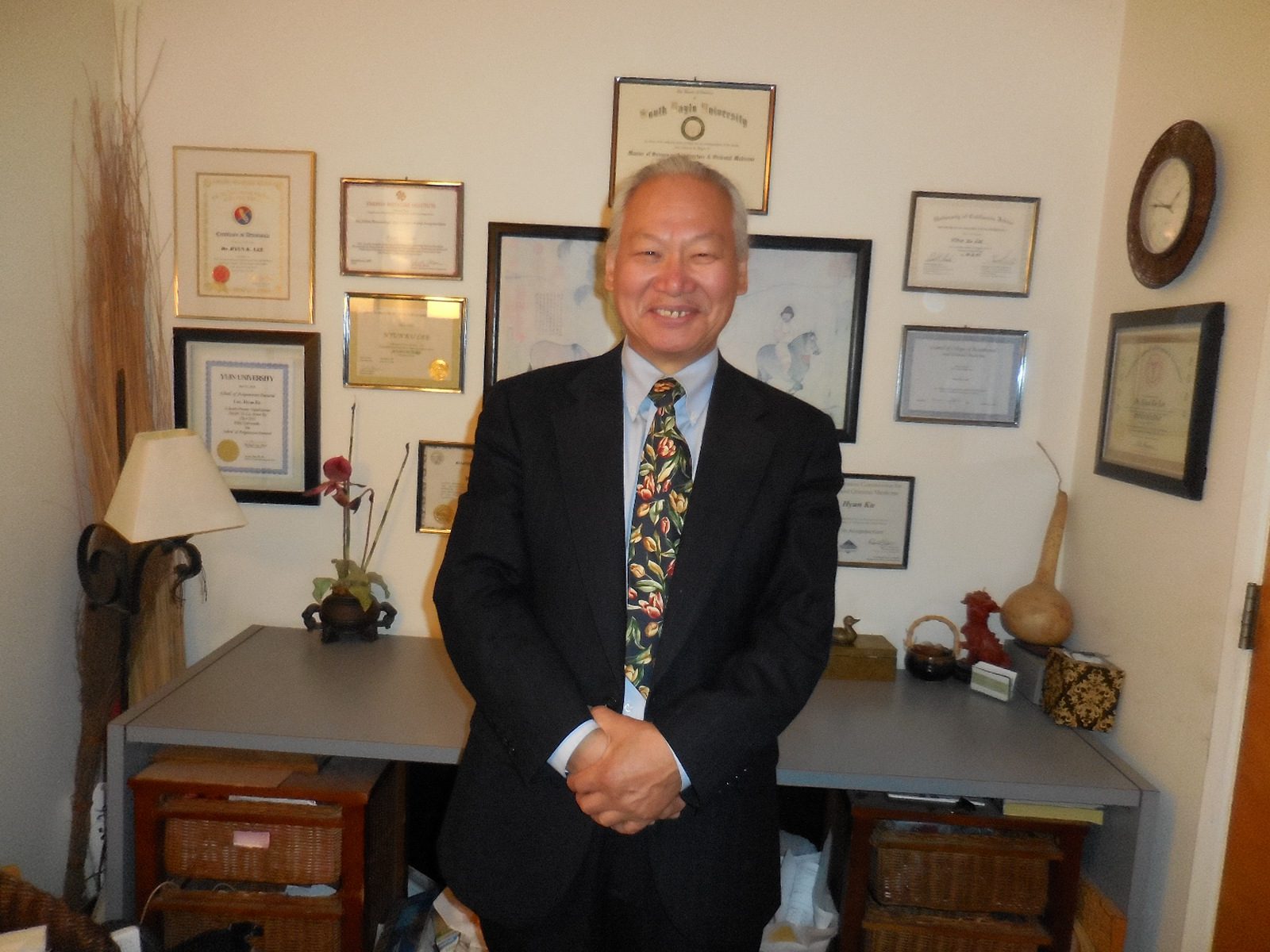By John Copeland
Contributing Writer
This month of September is the birthday of an intriguing person from early America: John Chapman. You’ve probably heard about him at some point in your life as Johnny Appleseed.
He has the unique distinction of having two different days of the year that celebrate him. Johnny Appleseed is honored on Sept. 26 and March 11. Both are “unofficial holidays,” and mostly celebrated in grade schools. Curiously, my research has failed to reveal who created these special days.
According to story and song, Johnny spread his apple seeds across the Midwest and into American folklore. But, unlike other figures from our national folklore — like Paul Bunyan, Pecos Bill and Uncle Sam — Johnny Appleseed was a real man with a life far richer and more interesting than the tales about him.
John Chapman was born in Massachusetts on Sept. 26, 1775. Very little is known about Chapman’s early life. He was the son of Nathaniel Chapman, a farmer and carpenter and later one of the “minutemen” who fought at the Battle of Concord, the Battle of Bunker Hill and later served in the Continental Army under Gen. George Washington. In 1780, Chapman’s father returned home from the war and began to teach his son the trade of farming.
We know that John Chapman became an orchardist and nurseryman. He was, for the time, an eccentric — a vegetarian, an evangelist, and one who traveled barefoot. Equally out of character for the day, he showed kindness to animals and befriended Native Americans he came in contact with.
Chapman became a folk figure, helping to tame the wilderness by planting apple orchards. In America of the 1700s and 1800s, apples were grown not for eating but for making hard cider, which was a huge part of frontier life. It was a safe — in a time when water could be full of dangerous bacteria, cider could be imbibed without worry. Hard cider was as much a part of dining as meat or bread, and Johnny Appleseed brought the means for making the alcoholic drink of choice to the frontier.
Johnny Appleseed’s legend suggests that his planting was random; however, there was actually a firm economic plan behind Johnny’s plantings. Frontier law allowed people to lay claim to wilderness land by developing a permanent homestead. One could make a land claim by planting 50 apple trees. Chapman realized that he could plant orchards and sell them for profit to incoming frontiersmen.
Chapman carried a leather bag filled with apple seeds he collected from cider mills. Legend says he planted his seeds in open places in the forests, along roadways and by streams. The truth is, he created his nurseries by carefully selecting a planting spot, fencing it with brush and vines, and returning at regular intervals to repair the fence, tend the ground and sell his trees.
The apples that grew from Chapman’s seeds were different from apples we know today. They were small tart “spitters,” named for what you’d likely do after taking a bite of one. Apple trees grown from seeds bear fruit that is very sour or bitter. To get edible apples, you graft trees, producing a clone of a tree that you know bears tasty fruit.
Chapman knew about grafting, but as a member of the Swedenborgian Church, whose belief system explicitly forbade grafting, he planted his orchards from seed.
Trekking from Pennsylvania through Ohio, Michigan, Indiana and Illinois, Chapman moved ahead of settlers, cultivating his orchards. This made him quite the land baron as he traversed 100,000 square miles of Midwestern wilderness and prairie. One could describe him as an early-day real estate developer. Eventually, John Chapman owned more than 1,200 acres of land.
For more than 40 years he kept steadily at his work. His favorite apple was the Rambo. Proof of this is revealed by the fact the Rambo apple was found on nearly every farm in the region traversed by this pioneer nurseryman.
By 1806, John Chapman had acquired the nickname “Johnny Appleseed.” We have first-hand accounts from many settlers who welcomed him into their cabins. They gave him a meal and a place to sleep in exchange for apples and apple trees. For the settlers, there was enormous entertainment value in having a guest who was literally a legend in his own lifetime.
Chapman died in Fort Wayne, Ind., in March 1845 at age 70. He left an estate that included some 1,200 acres of prime real estate. Though he lived modestly, Chapman died a wealthy man.
Up until Prohibition, an apple grown in America was less likely to be eaten than to wind up as hard cider. By the time the U.S. government outlawed alcohol in 1920, Chapman was an established folk hero. But this didn’t stop FBI agents who took out his old orchards to prevent making homemade hooch. We can thank Prohibition for shifting the image of the apple to the healthy, wholesome, American-as-apple-pie fruit it is today.
Today, Johnny Appleseed stands apart from frontier characters like Davy Crockett and Daniel Boone, who battled both nature and Native Americans while opening the West. Chapman’s apple trees helped transform the geography of the American frontier and pave the way for settlement. His image has evolved from pioneer planter to that of patron saint of horticulture, and a folk hero to this day.
But what about his two holidays? One celebrates his birthday, Sept. 26, while the other commemorates the supposed date of his death, March, 11.
However, I am of the opinion that Johnny Appleseed Day should be celebrated on his birthday of Sept. 26. His birthdate is undisputed and coincides with the season of the apple harvest and birth is a more positive day than a death. I think Johnny would agree.
On that day, enjoy a crisp fall apple or a glass of apple cider and give a thought to John “Johnny Appleseed” Chapman.






